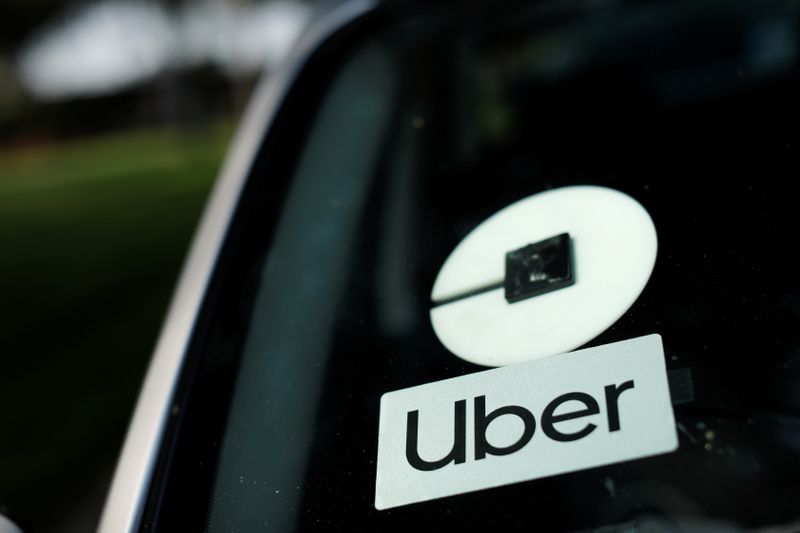This post was originally published on this site

Based on 3P data, consumer time spent on Uber increased by 5% year-over-year, while competitors DASH and LYFT (NASDAQ:LYFT) experienced declines of 7% and 5% respectively. Moreover, Uber gained a significant share of new drivers, with an 82% share of driver app downloads compared to Lyft ‘s 18%, showing a 250bps improvement over the previous quarter.
Additionally, the supply of Uber drivers in June 2023 was at 92% compared to March 2020, indicating potential growth opportunities in the second half of 2023 as the West Coast sees a return to office scenarios.
“We believe UBER’s superior network liquidity and leading logistics technology are well positioned to capture additional market share in ride-sharing and online food delivery, which remain underpenetrated globally,” wrote analysts.
“Expansion into new markets, improved freight offering, new transportation solutions, and positive traction with subscription products could be potential near-term catalysts, along with autonomous technology improving marketplace unit economics.”
According to Oppenheimer’s model, UBER is expected to become eligible to join the S&P 500 during the December meeting, as it is projected to achieve TTM profitability in the third quarter. If included, this move could generate increased demand for UBER shares and also attract new investors to the company.
Shares of UBER are up 1.10% in early trading on Friday.

